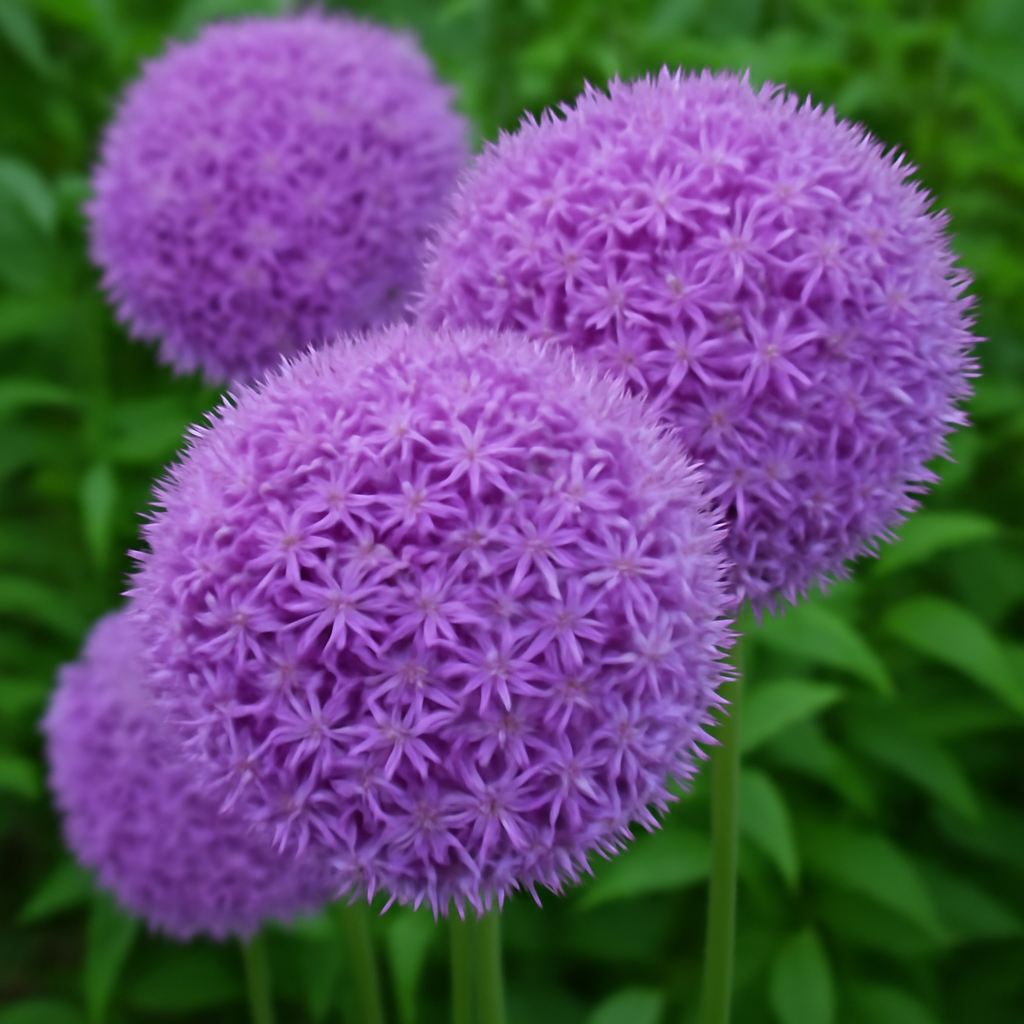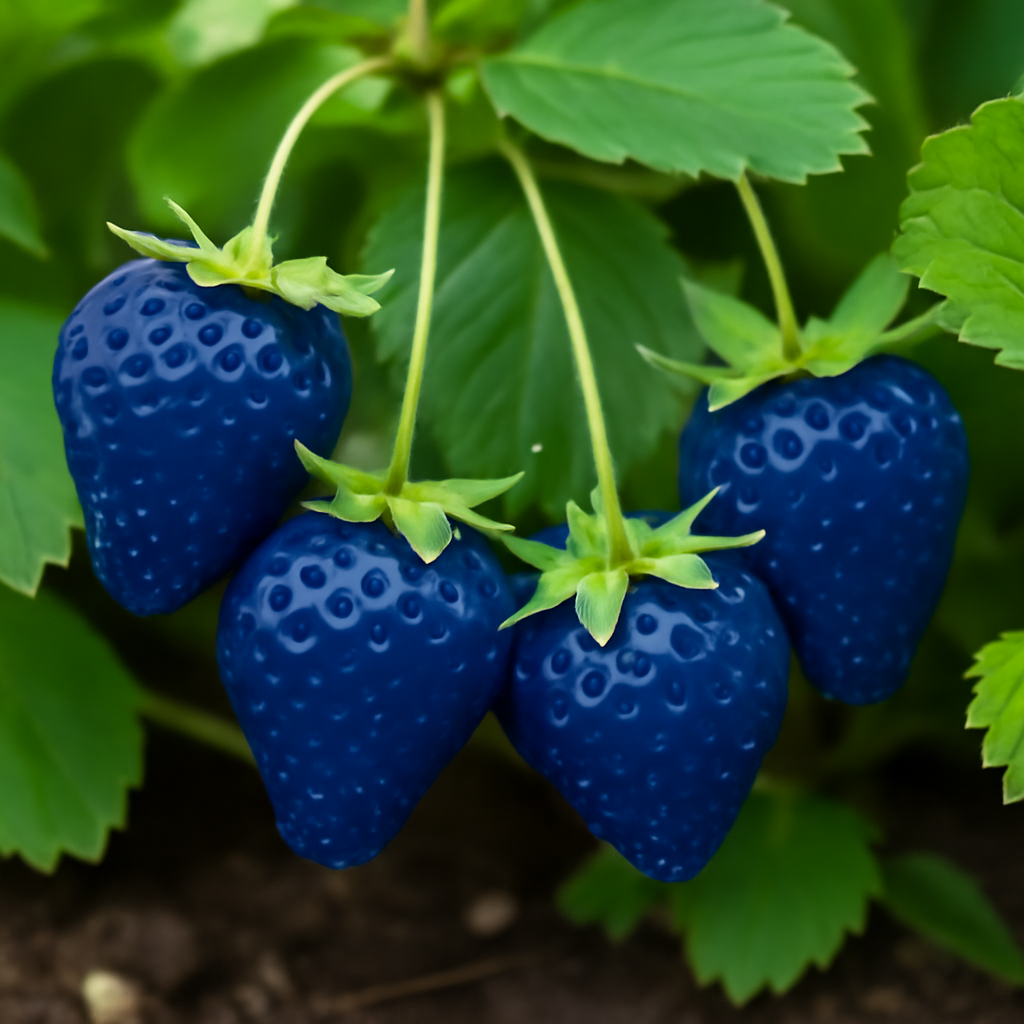Venus Flytrap: Nature’s Most Fascinating Carnivorous Plant
About Venus Flytrap
The Venus Flytrap (Dionaea muscipula) is one of the world’s most captivating plants — a true marvel of nature. Known for its unique ability to trap and digest insects, this carnivorous plant adds a rare and exotic element to any home or garden. Its hinged, jaw-like leaves close in an instant when triggered, making it both educational and entertaining to observe.
At Organicindiaseeds.com we offer high-quality Venus Flytrap seeds, perfect for gardeners looking to grow their own living insect catcher and bring a touch of nature’s wonder to their collection.

Why Grow a Venus Flytrap?
Growing a Venus Flytrap plant is a rewarding experience for plant lovers and hobbyists alike. It’s not only visually striking but also functional, as it helps reduce small insects like gnats and flies naturally — making it a chemical-free pest control option.
The Venus Flytrap also teaches patience and appreciation for unique ecosystems, as it thrives under specific care conditions. Ideal for terrariums, indoor gardens, or sunny windowsills, this plant’s interactive feeding mechanism makes it one of the most interesting species to cultivate.
When to Plant Venus Flytrap Seeds
The best time to plant Venus Flytrap seeds is in spring or early summer, when temperatures are consistently warm (around 70°F–85°F / 21°C–29°C). These seeds require light to germinate, so they should not be buried deeply. If you’re starting indoors, ensure your growing area receives ample sunlight or artificial grow light for 12–14 hours daily.
Where to Grow Venus Flytrap
The Venus Flytrap thrives in bright, sunny conditions and humid environments. It grows naturally in nutrient-poor, acidic soil, such as peat bogs, so replicating that environment is key. Use a soil mix of peat moss and perlite or sphagnum moss — avoid standard potting soil, as it contains nutrients that can harm the plant.
Ideal growing locations include:
-
Indoor windowsills with strong sunlight
-
Terrariums or humidity domes for controlled moisture
-
Outdoor gardens in warm, humid climates
How to Grow Venus Flytrap

-
Soil Preparation: Use a mixture of sphagnum moss and perlite in equal parts to create a well-draining yet moisture-retaining medium.
-
Seed Planting: Sprinkle the Venus Flytrap seeds on top of the soil. Do not cover them — they need light to germinate.
-
Watering: Use distilled water or rainwater only. Tap water can contain minerals harmful to the plant. Keep the soil consistently moist but never waterlogged.
-
Light: Provide 12–14 hours of bright light daily. A south-facing window or grow light works best.
-
Temperature: Maintain temperatures between 70°F–85°F (21°C–29°C) for optimal growth.
-
Patience: Seeds take 4–6 weeks to germinate, so consistency is key.
How to Care for a Venus Flytrap
-
Watering: Keep the soil moist at all times using only distilled or rainwater.
-
Feeding: Venus Flytraps catch their own food, but you can feed them small insects occasionally. Avoid overfeeding or giving them human food.
-
Dormancy: During winter months, the plant enters dormancy. Reduce watering and allow it to rest in cooler temperatures (around 40°F–50°F / 4°C–10°C). Growth resumes in spring.
-
Repotting: Repot every 1–2 years to refresh the soil and maintain proper drainage.
-
Avoid Touching the Traps: Frequent touching can stress the plant and waste its energy.
Companion Plants for Venus Flytrap
The Venus Flytrap pairs beautifully with other carnivorous plants, such as pitcher plants (Sarracenia) and sundews (Drosera). These species share similar care needs — moist, acidic soil and bright light. You can also plant mosses around them to maintain humidity.
Avoid mixing them with standard houseplants, as they require very different soil and watering conditions.
Harvesting Venus Flytrap Seeds
If your Venus Flytrap plant flowers in late spring or early summer, you can collect seeds from the dried flower stalks after they turn brown. Gently remove the tiny black seeds and store them in a cool, dry place. For best results, sow them fresh or stratify them in a refrigerator for 4–6 weeks before planting to encourage germination.
Final Thoughts on Venus Flytrap

The Venus Flytrap is one of nature’s most fascinating creations — both a beautiful and functional plant. With its insect-catching abilities, minimal maintenance, and stunning appearance, it’s a perfect choice for curious gardeners and plant enthusiasts alike.
Bring a touch of the wild into your home by growing your own Venus Flytrap from organic seeds available at Organicindiaseeds.com your trusted source for premium-quality, eco-friendly seeds for exotic and unique plants.



Leave a comment
This site is protected by hCaptcha and the hCaptcha Privacy Policy and Terms of Service apply.